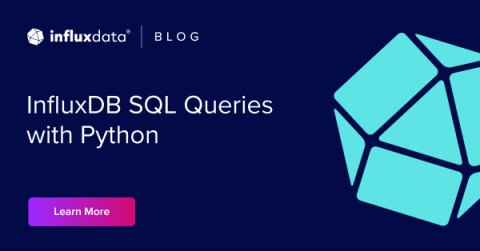Time Series Data, Cardinality, and InfluxDB
In the world of databases, cardinality refers to the number of unique sets of data stored in a database. If we drill down a little further, we can think of cardinality as the total number of unique values possible within a table column or database equivalent. When thinking about time series data, we can ask some specific questions about cardinality. What does cardinality look like in practice? When does cardinality become a problem? How do we prevent cardinality issues?











